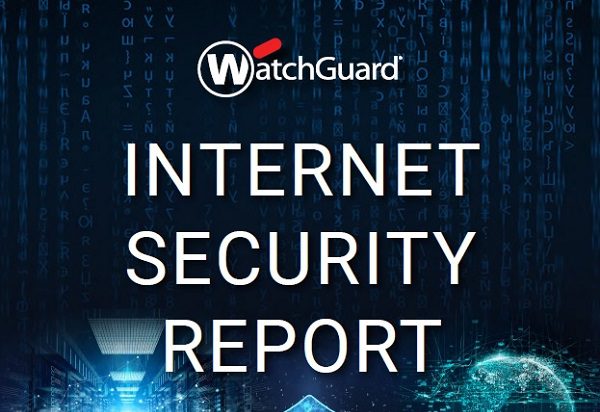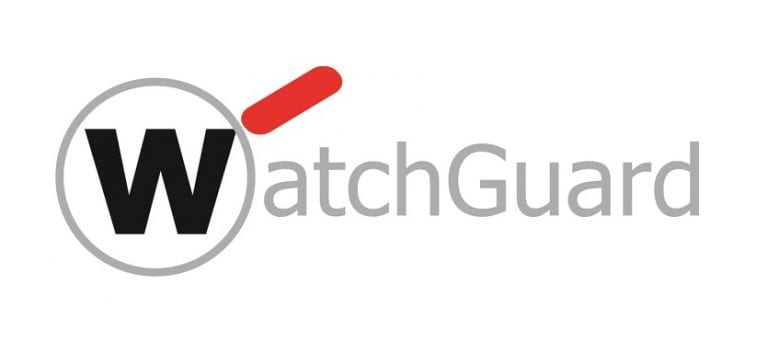REPORTS
Internet Security Report – Quarter 2, 2021
Forecasting, or put another way, predicting the future, is hard! Few know this better than meteorologists. Among the general public, weathermen and women have an unfair reputation of missing their forecasts often, with people complaining, “they only get it right 50 percent of the time.” This is probably because forecast accuracy was much lower decades ago. However, the truth is weather forecasting has gotten much more accurate in the past decades, despite the huge complexity of the varied environmental systems that contribute it. For instance, today’s one-day temperature forecasts are accurate in the range of two degrees. It’s true the longer-range the forecast the less accurate it becomes, but even then, seven-day forecasts are correct 80 percent of the time and five-day forecasts increase to 90 percent accuracy. You only see 50 percent accuracy when you get to 10-day forecasts and beyond.
This begs the question; how did weather forecasting improve so much over the past decades? The answer is new technology that provides more data and intelligence to base our analysis on. When weather forecasting first started, people literally just looked outside, and our forecasts were mostly a guess. Then, science brought us devices to measure temperature, humidity, and air pressure, at least locally, and our guesses got a little better. Today, Doppler radar, live satellite imagery, and global automated surface observing systems (ASOS) deliver real-time data from hundreds, if not thousands, of locations around the globe, and powerful super computers interpret that data to give us pretty spot-on forecasts within five to seven days. In short, you can’t make good predictions or forecasts about something unless you have the right current and historical data or intelligence to base that analysis on.
That concept is essentially the premise of this report, but for cyber threats. We can better forecast the cybersecurity threat landscape, and thus help you defend yourself against future threats, by analyzing the data and intelligence gathered from tens of thousands of security controls that are recording attacks real-time around the world. With that timely data in hand, in statistically relevant quantities, we can make much more accurate hypotheses about how threat actors might try to compromise your network in the future. And with that forecast in hand, we can offer you the right defensive strategy to match the danger; like a weatherman recommending you take an umbrella with you that day.
Now that you know why and how we do these forecasts, let’s talk about what this reports covers what we saw last quarter.
SHARE:

About the Provider






